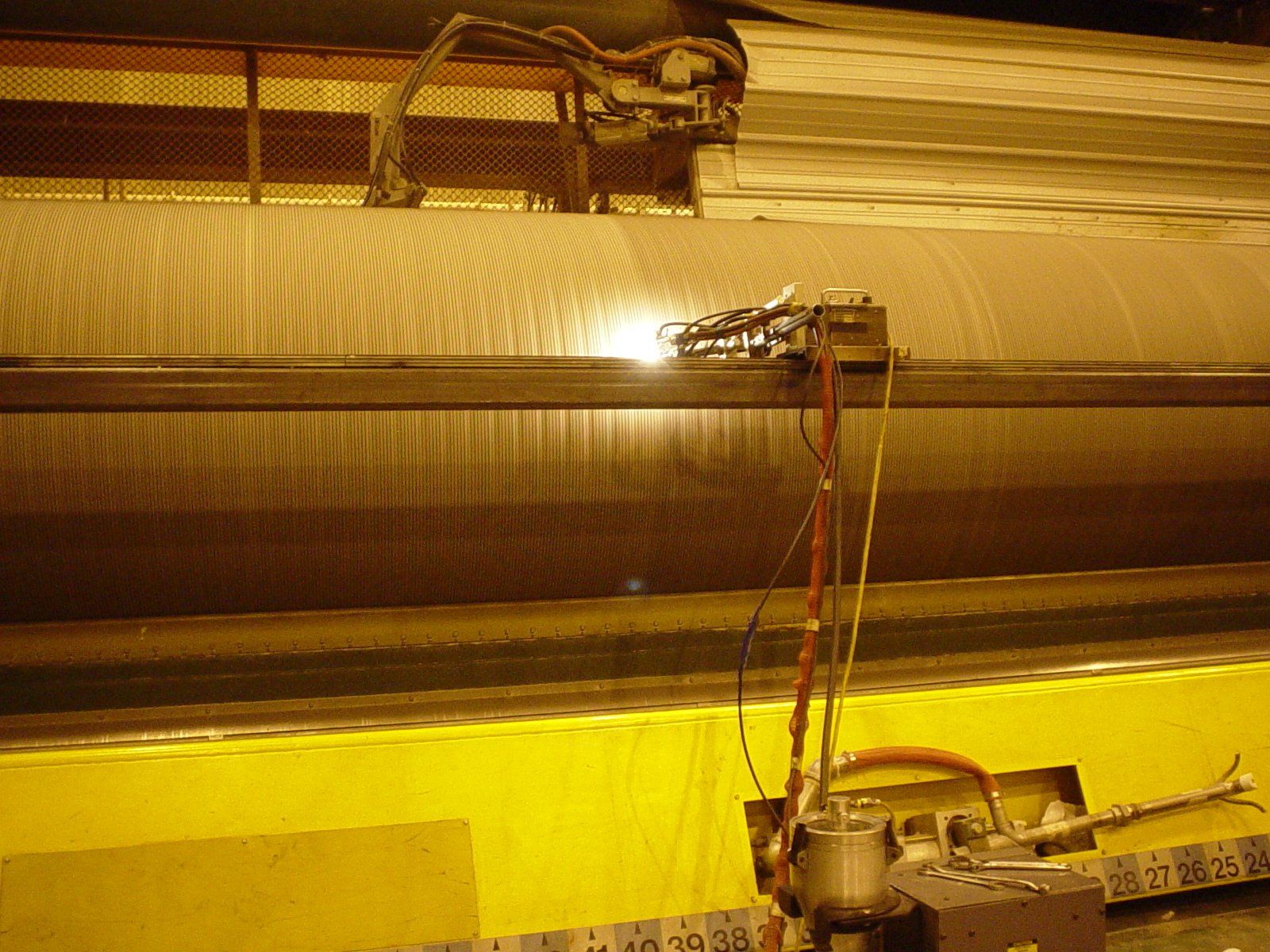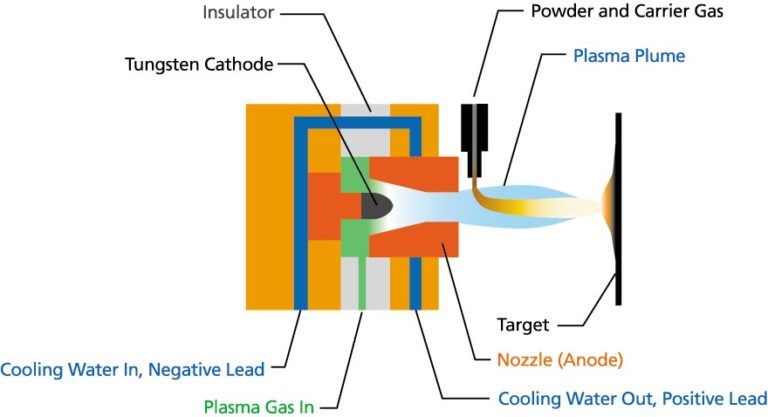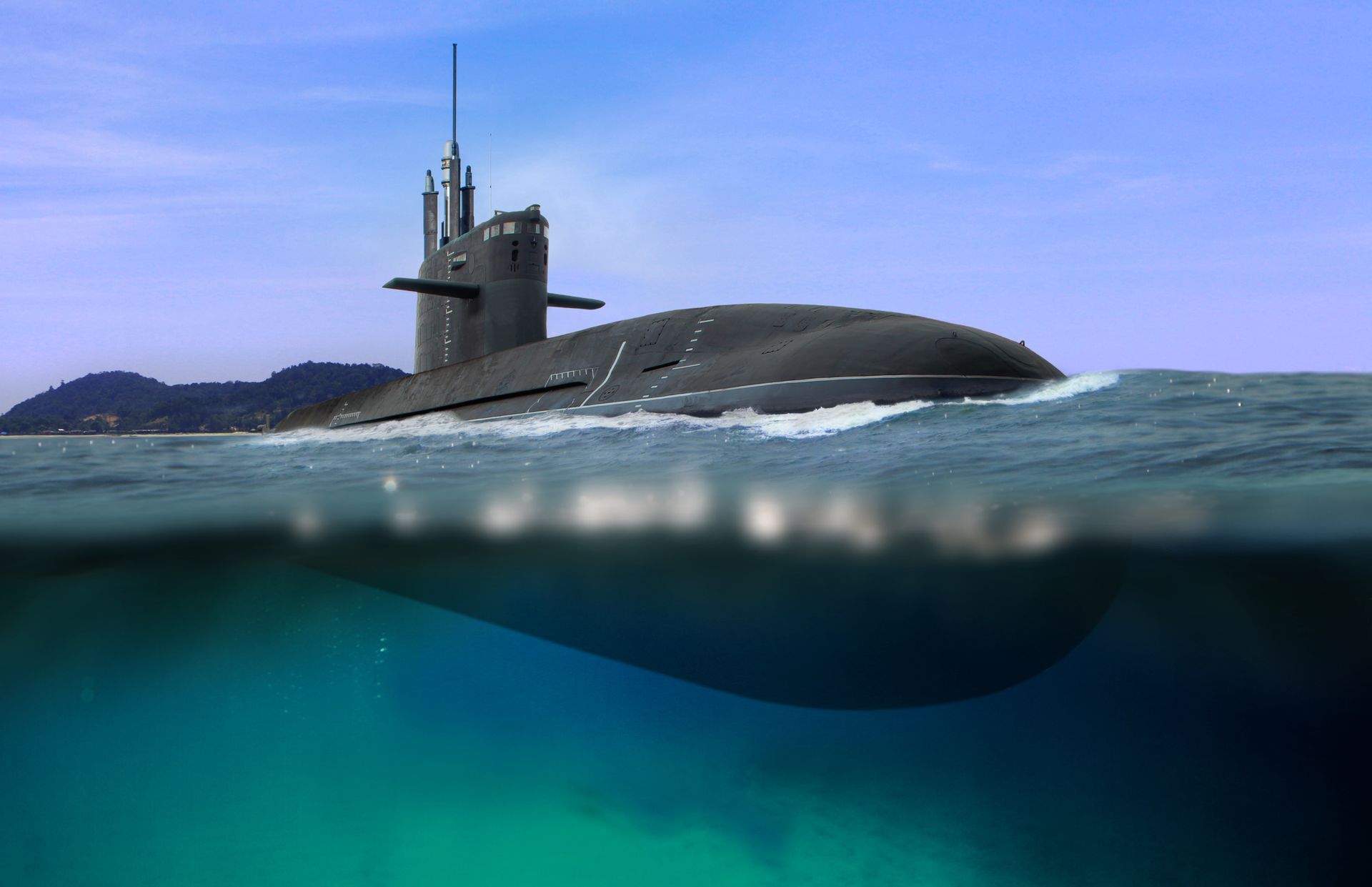Full-Service Supplier of Thermal Spray Coating, Laser Cladding, and Machining
Plasma Spray Coating
Sprayed Coatings ▿
Plasma spray coatings are a versatile and effective way to protect surfaces from wear, corrosion, and high temperatures. Plasma spray can also be used to improve the appearance of surfaces and to repair damaged surfaces. The process of plasma spraying involves heating a material to its melting point using an electric arc or radio frequency plasma plume. The high temperatures of the plasma jet melt the material, which is then deposited onto the coated surface. Plasma spray coatings are often used in high-temperature applications, such as turbine engine components because they can withstand extremely high temperatures. In addition, plasma spray coatings can be used to repair worn or damaged surfaces. Plasma spraying is the most versatile way to apply thermal spray coatings at Hayden Corporation.
Hayden’s plasma spray coating services are available for a wide range of industries, including aerospace, oil and gas, military and defense industrial equipment and components and more. At Hayden Corp, we have the experience and capabilities to handle projects of any size, from a single prototype to large-scale production runs.
Common Plasma Spray Coating Applications Include:
Our state-of-the-art plasma spray equipment is capable of applying coatings with a wide range of properties, including:
- wear resistance
- corrosion resistance
- high-temperature resistance
- electrical insulation
- thermal conductivity
- tribological properties
Additional applications include:
Plasma Spray Coating Process
Low Coating Profile
Like other thermal spray processes, the purpose of a plasma system is to heat and project particles of the material to be applied toward the work surface with as little waste and overspray as possible. Predating the HVOF system, the development of the plasma gun focused only partially on imparting velocity to the powder.
The plasma arc that gives the gun its name was developed as an electrical replacement for the flame used in older flame spray systems. In these guns, the primary objective is to heat the particulate enough before impact that the softened material can easily deform enough to mechanically bond to the surface profile. By connecting opposing poles of a high-potential power supply to a central electrode and concentric nozzle, a high temperature (50,000°F) arc can be created between the two. With the addition of a high-flow-rate inert gas such as argon or nitrogen along the axis of the arc electrodes, the plasma stream can be pushed forward out the front of the gun.
Powder is injected into this hot plasma flame near the front of the nozzle. The arc gas and powder carrier gas expand rapidly in the heat of the plasma flame, and the subsequent velocity propels the hot powder particulate forward.
Plasma Spray Practice
Plasma systems can require some patience during initial setup of parameters, but, once established, the gun can typically run for hours without stopping. This makes it an ideal tool for extremely large parts as material can be applied nearly continuously, stopping only for nozzle inspection or other routine checks.
Without the velocity found in HVOF applications or detonation systems, plasma coatings will typically exhibit less density, and, occasionally, more oxidization. Conversely, they will show lower oxide content and porosity than arc wire or flame combustion deposits.
Plasma Spray Frequently Asked Questions
-
What is the difference between plasma spraying and HVOF thermal spray coatings?
In the field of thermal spraying, there are two main types of processes: plasma spraying and combustion spraying (e.g. HVOF). Both of these methods involve heating a material to a high temperature and then projecting it onto a surface, but there are some key differences between the two. The plasma spray coating process uses a plasma torch to heat the material, resulting in a high temperature plasma plume. Material heated and accelerated in this plasma plume is then directed at the surface, where it cools and forms a coating. HVOF, on the other hand, uses combustion of a fuel gas such as hydrogen or propane to heat the material. This results in a very high speed jet of gas that is then used to accelerate material directed at the surface. The main difference between these two processes is the velocity of the sprayed material. Plasma sprayed materials tend to be deposited at lower velocities than HVOF sprayed materials, resulting in a less dense coating. Additionally, HVOF is typically used for metallic and composite materials while plasma spraying can be used for a wider range of materials, including ceramics, soft metals, and carbides. Ultimately, the choice between plasma spraying and HVOF depends on the desired final properties of the coating.
-
What are the most common plasma materials?
Metals, ceramics, and composites are the most common plasma spraying materials. Metals such as aluminum, chromium, and nickel are often used for their wear resistance and corrosion resistance. Ceramics such as alumina and zirconia are used for their high-temperature resistance and wear resistance. Composites such as tungsten carbide are used for their high wear resistance.
-
What are the most common plasma spraying applications?
Plasma spraying is used in a variety of applications, including pumps and valves, mining, power generation, and military. The flexibility of plasma spraying makes it useful for a broad range of materials and applications from thermal barriers to wear protection to dimensional restoration.
-
What are the benefits of plasma coatings?
Plasma spray coatings are more dense than conventional flame spray coatings of wire or powder. The process is capable of much higher temperatures, so that even very high melting point materials can be sprayed. Plasma spray guns are small and lightweight, and the standoff distance is short, so plasma spraying is capable of working in smaller spaces, such as tubular IDs, than other thermal spray techniques.
-
How long do plasma spray coatings last?
Plasma coating typically last for several years before they need to be replaced. However, the lifespan of a plasma coating depends on several factors, including the environment in which it is used, the type of material that is coated, and the thickness of the coating. Additionally, coatings that are used in more hostile environments will have a shorter lifespan than those used in less hostile environments.
Submit Your Plasma Spray Coating Project
Hayden Corp is your trusted plasma spray coating expert. Request a quote online or contact our office to learn more about our thermal spray coating services. Hayden Corp is an industry leader in thermal spray coating and laser cladding services for over 100 years. Contact us today!
Plasma Spray Coating Resources
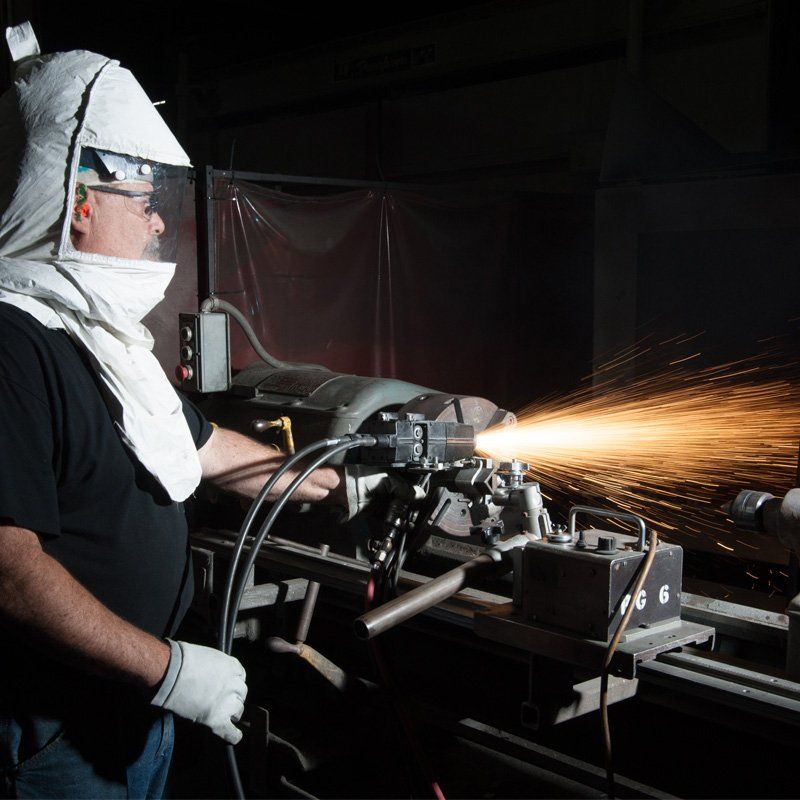
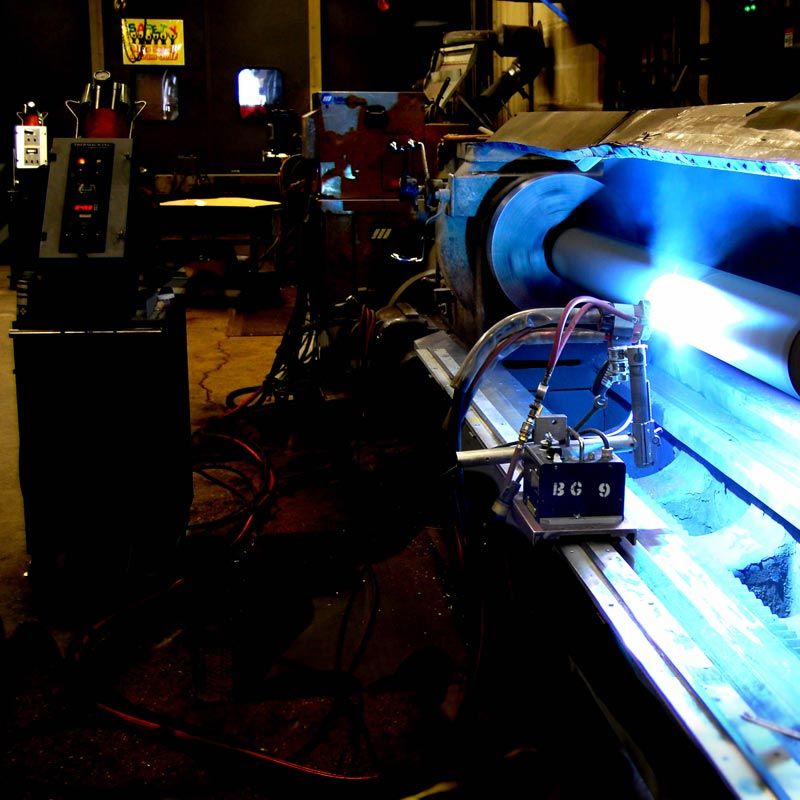
Online Quote Request
Complete our online quote request form below.
We will contact you within the same business day.
Plasma Spray Quote Request
We will get back to you as soon as possible.
Please try again later.
Contact Hayden Corp.
Have a question or have a specific need? Contact our main office or send us a message online.
Tough Coatings for Harsh Environments
The Northeast's only full-service supplier of thermal spray coating, hardface welding, and machining. Your application is tough - and your market is even tougher. Our solutions-based expert team of craftsmen and technicians know the best solutions that affect your parts.
MENU

